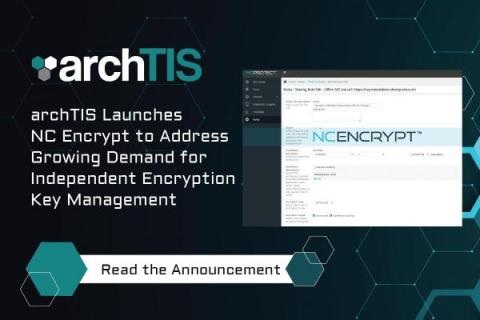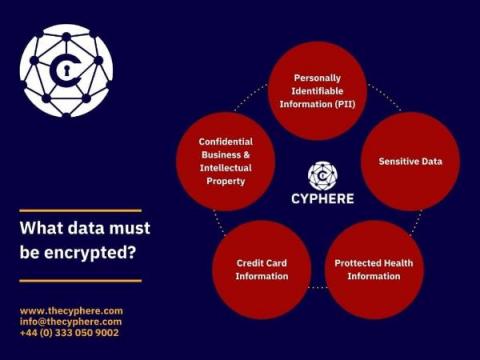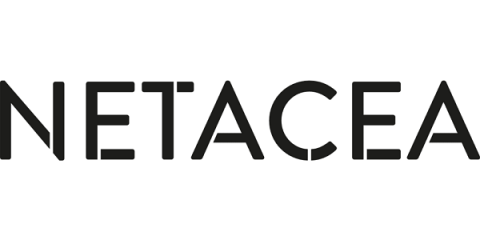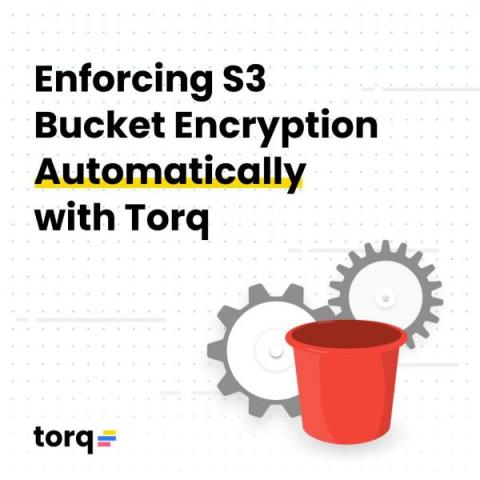What is public-key cryptography?
Encryption is an essential step in cybersecurity that protects confidential information by turning it into scrambled gibberish. This ensures attackers can’t understand it, and only trusted individuals can make it understandable again.











